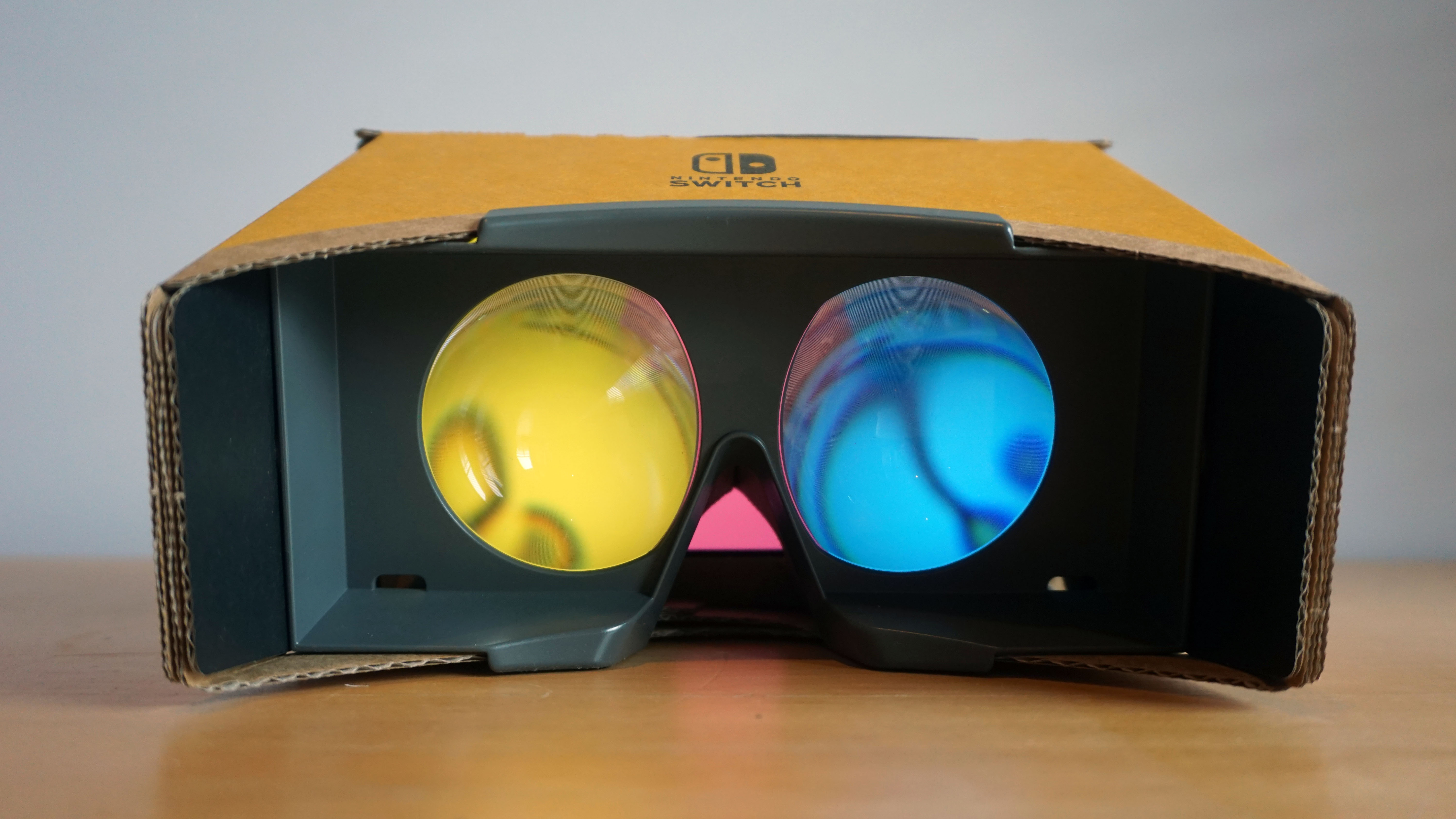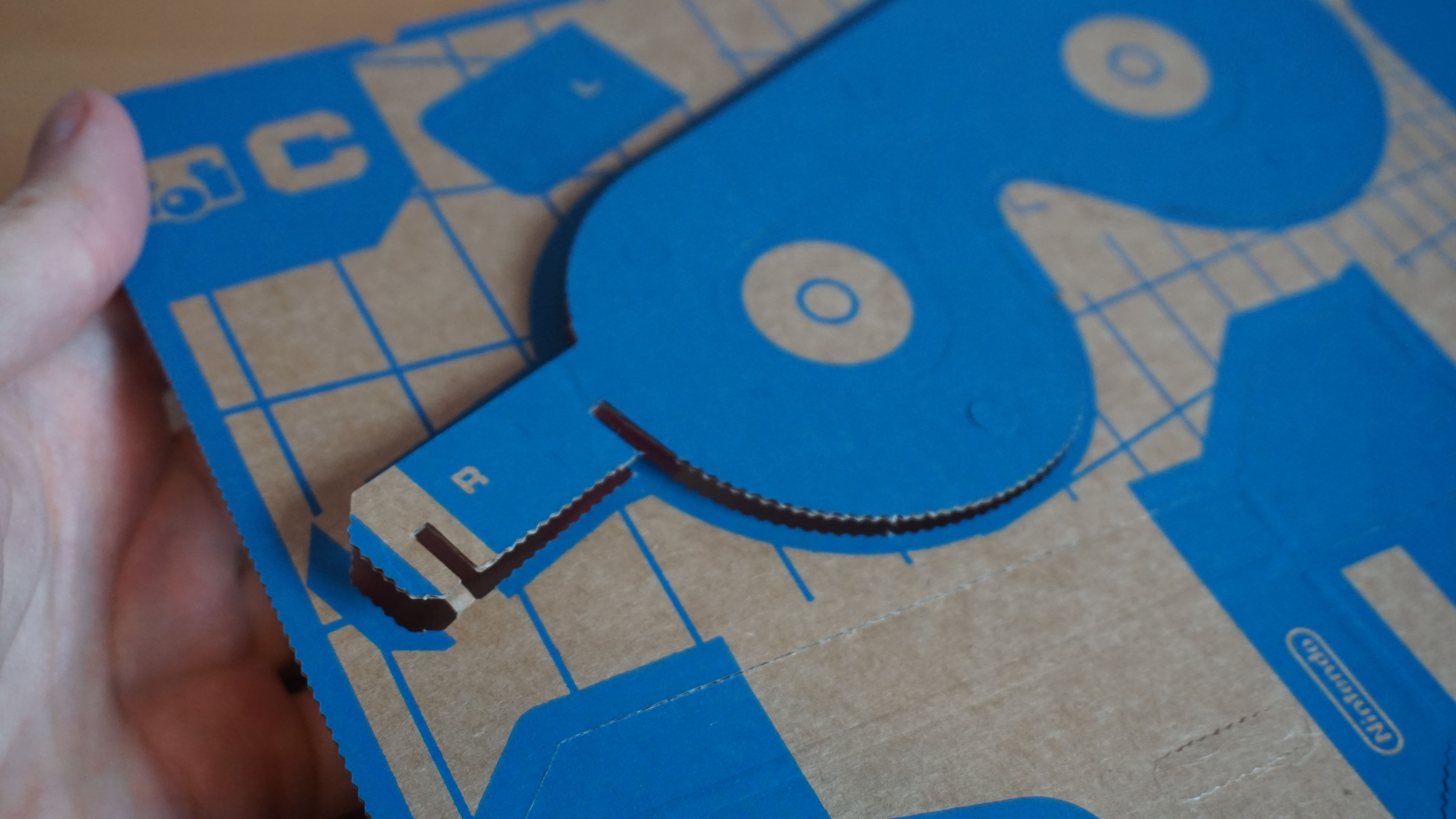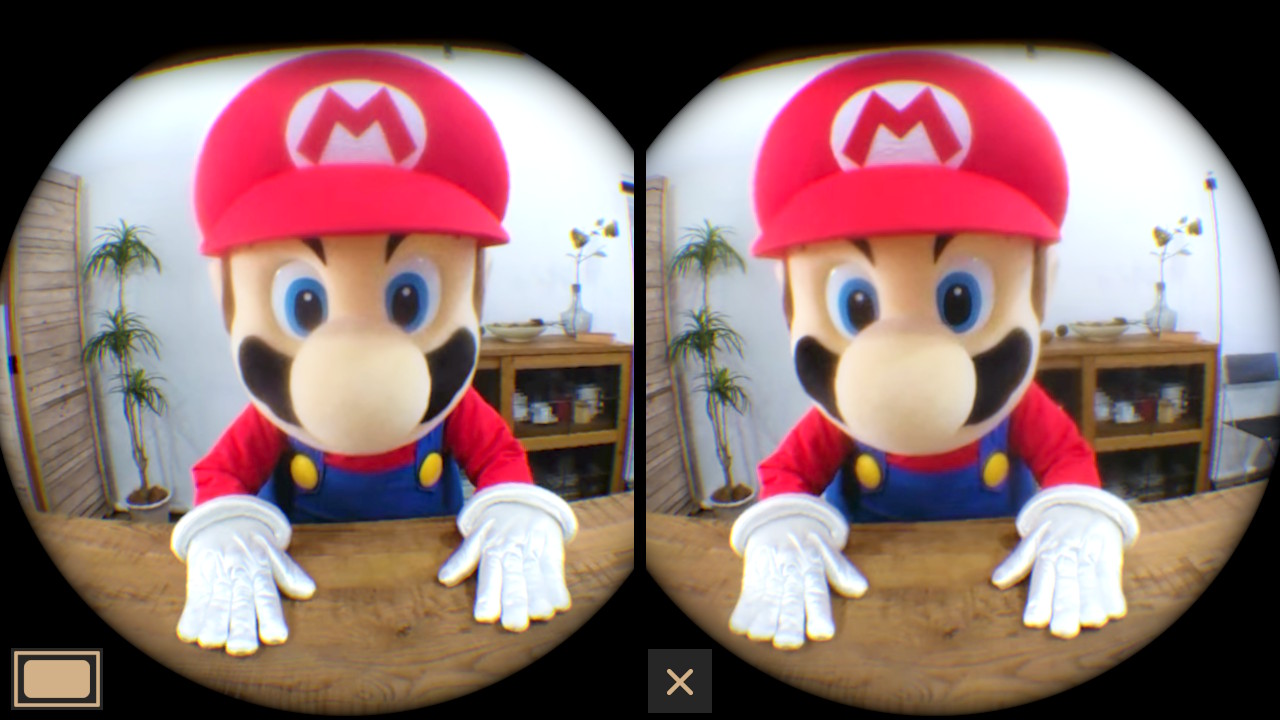Nintendo Labo VR Kit is much more than a gimmick
Nintendo positions its cardboard peripheral as an entry point for VR

Nintendo Labo seems to have done the impossible: brought Nintendo back to VR.
Nintendo Labo seemed like a bit of a curveball when it first hit shelves last year. An add-on that lets you craft your own peripherals, it was easy to dismiss what looked like overpriced cardboard that wasn’t ready to use out of the box. But, one year on, Nintendo is confidently bringing out new Labo kits, and doing what seemed like an impossibility as recently as a few months ago: turning the Nintendo Switch into a VR system.
Only last year we heard Nintendo executives shrug off questions of VR support, saying VR simply wasn’t fun enough for the company to jump on board – while the move towards Labo peripherals reflected a continued interest in play in the real world, instead of just on screens.
The Labo VR Kit was a surprise then – as was the VR support for the console's flagship Zelda and Mario games – but it’s clear to us that Nintendo has thought hard about the kind of VR experience it wanted to offer.
- Not after VR? Check out our reviews of the Nintendo Labo Variety Kit or Nintendo Labo Vehicles Kit
Labo first, VR second
From our initial tests with the VR Kit, it’s clear that this is a Nintendo Labo product first and foremost. Though you’ll be staring into the Switch’s 6.7-inch screen, rather than playing with cardboard-enhanced Joy-Cons with a docked console, there’s still the same lengthy crafting process before you get to your first VR game.

The first job is constructing the straightforward VR goggles, which should take only 30-60 minutes to craft (30 for practised Labo users, 60 for the rest of us). Like the rest of the Labo range, you follow a jazzy video tutorial on the console which guides you through which cardboard cutouts to use, where to fold and fit them, and what the finished product should look like. The instructions are clear (designed for seven years and up), and allow you to study the object on-screen in 360 degrees to make sure you’re getting every step right.
The process offers the sort of gratifying DIY experience that makes me want to have kids, just to have the satisfaction of making Labo with them.
Get daily insight, inspiration and deals in your inbox
Sign up for breaking news, reviews, opinion, top tech deals, and more.
None of this is new, but that’s what remarkable about the Labo VR Kit: it still feels like Labo. What could easily have been a gimmick, or a throwback to the often-mocked Virtual Boy, manages to justify its place by deferring to the Labo’s proven formula.

You’ll be shooting moons in space, smashing up trucks and throwing virtual toys around, but the VR games can feel almost secondary to the Labo’s crafting, which makes it feel less like a showcase of basic demos, and more of an exploration of what you as a player can do.
The VR games themselves are, however, basic – which is a testament to both the fledgling nature of VR and Nintendo’s decision not to push the Switch’s processor too hard. The Switch has a pretty low resolution (1280 x 720) compared to most VR headsets on the market, which is then halved by splitting the screen for each eye – though the simple graphics and kid-friendly focus mean this isn’t really an issue.

Aside from the goggles, there are a variety of forms to fit your Switch console into: Blaster, Swan, Elephant, Wind Pedal, and Camera. Some of these feel more justified than others – the Camera and VR Goggles aren’t that different in shape, and probably could have been combined into one. And there’s something disappointing about crafting a cardboard elephant with your own hands, and then not being able to look at it during use: your eyes are glued to the screen, and the shape of the housing feels less important when you’re inside it.
The lack of a strap for the VR Goggles also seems like an oversight – you have to hold it with one hand, and juggle the Joy-Con and a cardboard button with the other. But that aside, using the VR Kit is workable, and fun, with educational videos on depth perception and how to carefully handle the kit showing that Nintendo has put a lot more thought into the experience of VR than we might have expected.
We’ll be pulling together our thoughts in more detail for our comprehensive Nintendo Labo review, but it’s clear that Nintendo has found a hook for VR that doesn’t ask too much of it.
Henry is a freelance technology journalist, and former News & Features Editor for TechRadar, where he specialized in home entertainment gadgets such as TVs, projectors, soundbars, and smart speakers. Other bylines include Edge, T3, iMore, GamesRadar, NBC News, Healthline, and The Times.
